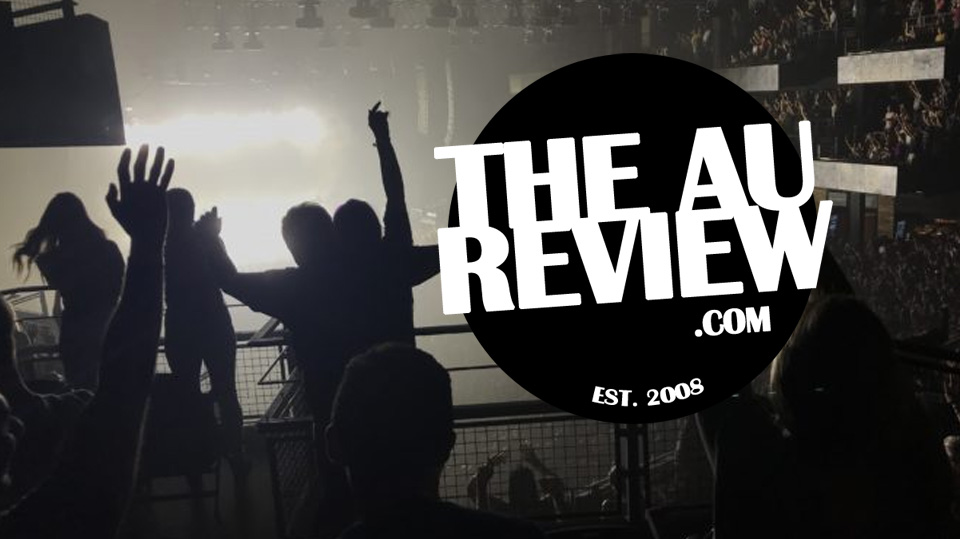

Lovelace is a film in two halves. The first is the story of Linda Lovelace – the iconic actress from the 70s porn film sensation Deep Throat – that everyone else had told, including Lovelace herself in her early cash-ins such as Inside Linda Lovelace. The second is the story that Linda revealed when she published the book Ordeal, a story that paints Lovelace (born Linda Boreman) as a victim. In doing so, directors Rob Epstein and Jeffrey Friedman (Howl) don’t preport to tell a story without the skepticism that Boreman drew for the remainder of her life after publishing Ordeal, the “is this the true story or isn’t it?” syndrome.
The fragmentation of the story is a surprising choice, but one that makes the second half of the film a remarkably powerful piece of cinema, with Amanda Seyfried as Boreman and Peter Sarsgaard as the abusive Chuck Traynor delivering career standout performances, as Boreman transforms from face of the sex industry to anti-porn advocate through a series of terrible circumstances. Unfortunately, however, it also dulls the first half by being a more rose-coloured version of events, with a lackluster script supporting it. But once you hit the halfway mark and the vision takes a 180 degree turn, the decisions made in the first half make sense, even though you still had to sit through it to get there.
From James Franco as Hugh Hefner to Adam Brody as Harry Reems and Hank Azaria as Deep Throat director Jerry Damiano, the performances in the first half are as enjoyable as they are well executed. These are iconic figures from the porn industry of the time, of course, so it’s understandable they’re delivered as charactures, though delivering sexuality through humour seems like an easy way out of what ultimately could have gone more in depth (avoiding the word “deep” here) into the practices of the industry, rather than glazing over it in this fashion.
Meanwhile, Amanda Seyfried gives the best performance of her career as Linda, certainly Oscar worthy, and Sarsgaard is stunningly aggressive as Traynor, but it’s Sharon Stone as the Boreman matriarch that everyone will be talking about, delivering her most powerful performance in years alongside Robert Patrick as Linda’s father. Stone lets her age show and embraces the role as a conservative mother who seems to draw on some of her own experiences in a strict upbringing to excellent effect.
Staying to the end of the credits, I noticed that the standard “this film is a fictional depiction… any likeness of living or dead people is coincidental” notice was included, which even as a standard entrance for legal reasons, seemed surprising for a biopic. But given the nature of the film not trying to argue one version of events as the truth over another, it does make sense.
It’s a pity that Boreman’s story is one that is told with such question marks, as it was a consistent story for over thirty years, but with most of the film’s characters now no longer with us, who is to know what the truth really is? Utlimately, Lovelace tells a sequence of events dramatized with fantastic performances from all the cast. It just would have been an ultimately better production were the film combined the two stories into one; half a great film is still only half a great film, no matter how you look at it.
Review Score: THREE STARS OUT OF FIVE.

Get your tickets to the Sydney Film Festival Screening(s) now!
http://tix.sff.org.au/session2_sff.asp?sn=Lovelace
Remaining Screening Times
Mon 10 Jun 9:00PM – State Theatre
Sat 15 Jun 2:00PM – Event Cinemas George Street 4
Runtime: 93 minutes
